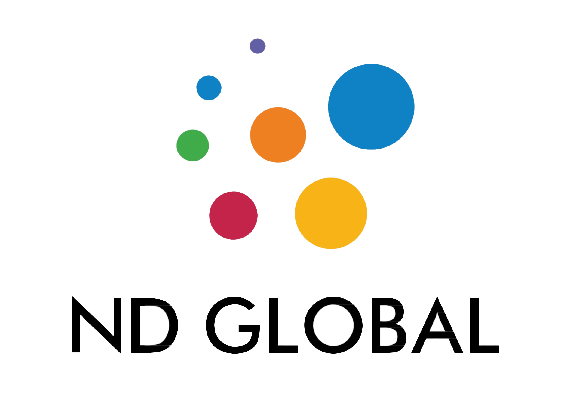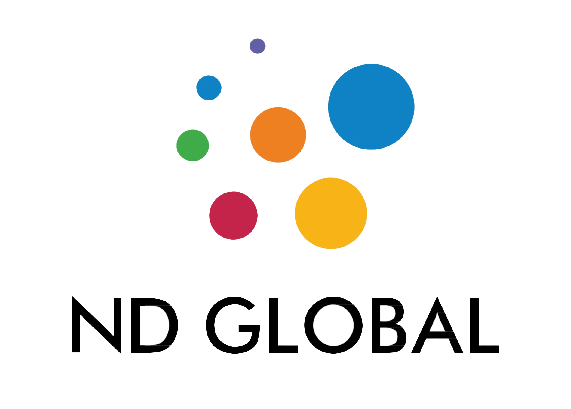The healthcare industry has always been dynamic, requiring adaptability to meet changing demands. In recent years, the adoption of flexible work models has emerged as a transformative solution to address workforce challenges. Driven by technological advancements, evolving workforce expectations, and a growing focus on work-life balance, these models are reshaping how healthcare staffing operates.
In this article, we will explore the factors behind the rise of flexible work models, their benefits for healthcare organizations and professionals, and how they are transforming the landscape of healthcare staffing.
The Need for Flexibility in Healthcare Staffing
The traditional 9-to-5 schedule does not align well with the 24/7 nature of healthcare services. Factors such as unpredictable patient demand, workforce shortages, and burnout among healthcare professionals have created an urgent need for more adaptable staffing solutions.
Key challenges prompting the shift toward flexible models include:
- Staffing Shortages: The global shortage of healthcare professionals, particularly nurses and physicians, has made it difficult to maintain consistent staffing levels.
- Burnout and Mental Health: Long shifts and rigid schedules have contributed to high levels of burnout among healthcare workers.
- Technological Advancements: The rise of telehealth and digital health tools has enabled remote care, making flexible work options feasible.
- Workforce Demands: Modern healthcare professionals increasingly seek work-life balance, career flexibility, and autonomy over their schedules.
What Are Flexible Work Models in Healthcare?
Flexible work models in healthcare refer to employment arrangements that allow healthcare professionals to have greater control over when, where, and how they work. These models go beyond traditional full-time employment and may include:
- Per Diem Staffing: Healthcare professionals work on an as-needed basis, filling shifts when available.
- Part-Time Roles: Professionals work fewer hours than a full-time schedule.
- Job Sharing: Two healthcare workers share the responsibilities of a single full-time position.
- Telehealth and Remote Roles: Physicians, mental health professionals, and other specialists provide care virtually.
- Flexible Scheduling: Staff can choose shifts that fit their personal and professional needs.
- Gig Economy Models: Platforms connect healthcare providers with temporary job opportunities on demand.
Benefits of Flexible Work Models
1. Improved Work-Life Balance for Healthcare Professionals
Flexible work arrangements allow healthcare workers to manage personal and professional responsibilities more effectively, reducing stress and burnout.
Example: A nurse working per diem shifts can choose to work fewer hours during a busy family period, ensuring better balance.
2. Enhanced Recruitment and Retention
Offering flexible work options makes healthcare organizations more attractive to job seekers and helps retain existing staff.
Stat Insight: Studies have shown that healthcare organizations with flexible scheduling options have lower turnover rates and higher job satisfaction.
3. Increased Workforce Availability
Flexible models enable healthcare providers to tap into a broader talent pool, including retirees, part-time professionals, and those seeking non-traditional roles.
4. Greater Patient Coverage
By leveraging per diem or gig workers, healthcare facilities can fill gaps during peak demand periods or unexpected staff absences, ensuring continuous patient care.
5. Cost Efficiency for Healthcare Organizations
Hiring per diem or contract workers can reduce costs associated with overtime, benefits, and long-term employment commitments.
6. Support for Telehealth Services
Flexible work models facilitate the growth of telehealth by allowing providers to offer remote consultations and virtual care services.
How Technology Supports Flexibility in Healthcare Staffing
Advances in technology have played a significant role in enabling and sustaining flexible work models.
- Telehealth Platforms: Enable remote consultations, diagnostics, and follow-up care.
- Scheduling Software: Tools like automated scheduling systems allow staff to choose shifts and manage schedules efficiently.
- Mobile Staffing Apps: Platforms connect healthcare professionals with temporary job opportunities, making gig work more accessible.
- Data Analytics: Help predict staffing needs, optimize schedules, and reduce staffing gaps.
Overcoming Challenges in Implementing Flexible Models
Despite the many benefits, adopting flexible work models in healthcare is not without its challenges.
- Maintaining Quality of Care: Ensuring that patient care standards remain consistent with a more fluid workforce.
- Solution: Implement robust training programs and standard operating procedures for temporary staff.
- Scheduling Complexity: Coordinating shifts for a diverse workforce can be challenging.
- Solution: Utilize advanced scheduling software to streamline shift management.
- Team Cohesion: Temporary and part-time staff may feel disconnected from full-time teams.
- Solution: Foster a culture of inclusivity and communication, regardless of employment status.
- Regulatory Compliance: Ensuring that flexible work arrangements comply with labor laws and healthcare regulations.
- Solution: Partner with staffing agencies familiar with compliance requirements.
Future Trends in Flexible Healthcare Staffing
The adoption of flexible work models is expected to grow as the healthcare industry continues to evolve. Key trends to watch include:
- Expansion of Telehealth Roles: More healthcare professionals will work remotely, providing virtual care across multiple specialties.
- AI-Driven Scheduling: Advanced algorithms will further optimize shift planning and workforce management.
- Growth of the Healthcare Gig Economy: Platforms connecting healthcare professionals with on-demand job opportunities will become more sophisticated.
- Hybrid Work Models: A mix of in-person and remote roles will become the norm for certain healthcare functions.
Best Practices for Implementing Flexible Work Models
Healthcare organizations looking to adopt or enhance flexible work arrangements can follow these best practices:
- Conduct Workforce Assessments: Understand the needs and preferences of your healthcare staff.
- Invest in Technology: Implement scheduling tools, telehealth platforms, and communication systems.
- Develop Clear Policies: Establish guidelines for shift selection, job responsibilities, and performance expectations.
- Foster a Supportive Culture: Promote inclusivity and recognize the contributions of all staff, regardless of work arrangement.
- Evaluate and Adapt: Continuously monitor the effectiveness of flexible work models and make improvements as needed.
Conclusion
Flexible work models are transforming the healthcare staffing landscape by addressing workforce challenges, improving job satisfaction, and enhancing patient care. As healthcare organizations continue to adapt to changing demands, embracing these models will be key to building a resilient and efficient workforce.
By leveraging technology, fostering a culture of flexibility, and focusing on the needs of both professionals and patients, the healthcare industry can unlock the full potential of flexible work models for a healthier and more sustainable future.










